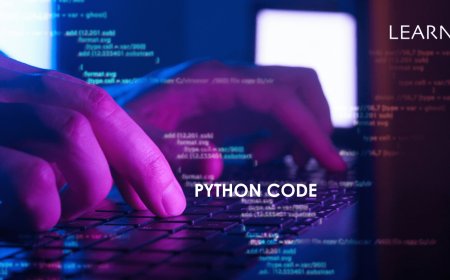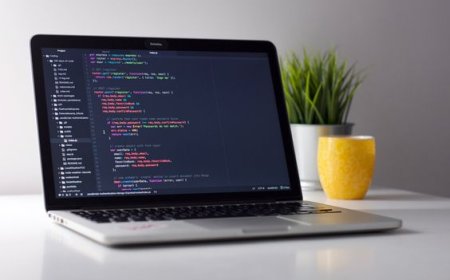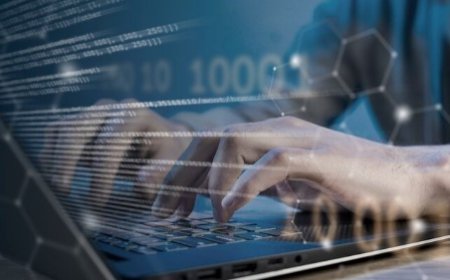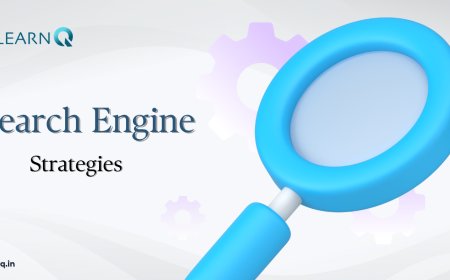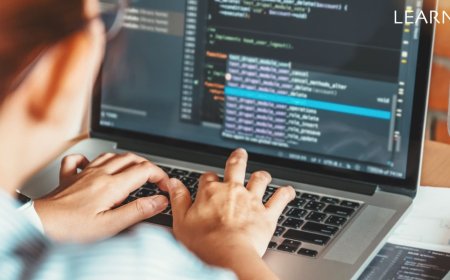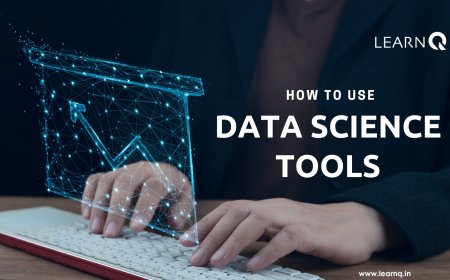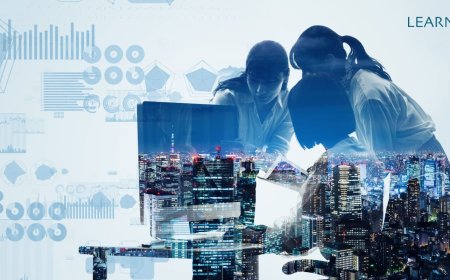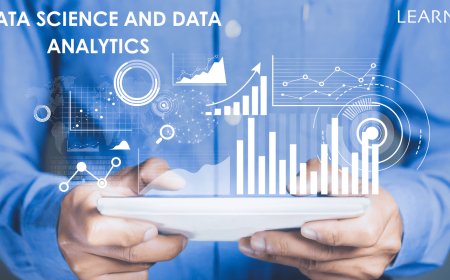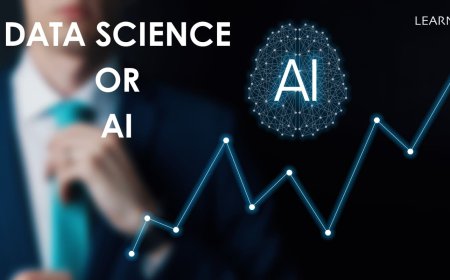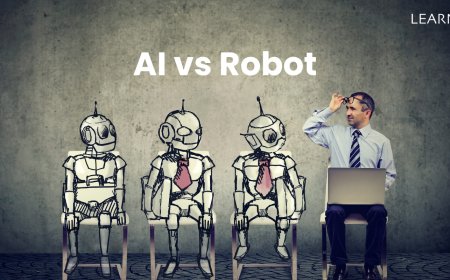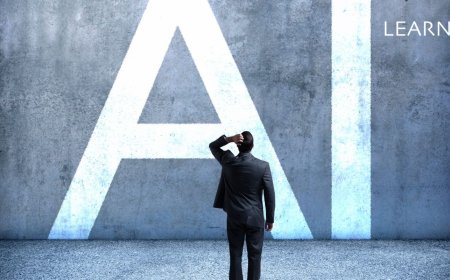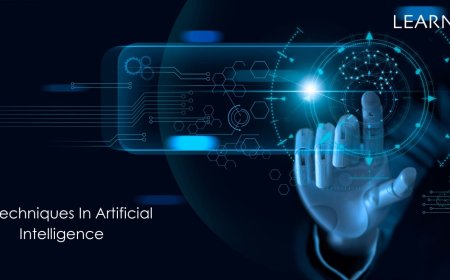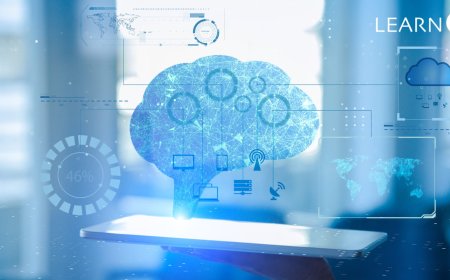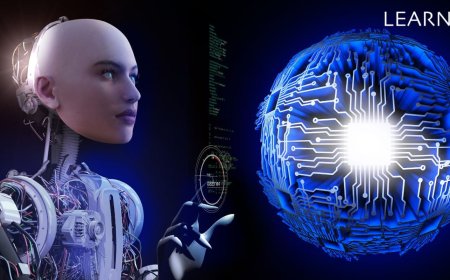Artificial Intelligence (AI) has completely changed how we use technology. It's like teaching computers to think and learn like humans, sometimes even better. This is all thanks to a part of AI called machine learning. With machine learning, computers can learn from information without us having to tell them every little thing to do.
Machine learning algorithms are the backbone of many AI tools, like robots and programs that understand human language. They use complicated rules and patterns to figure things out, predict outcomes, and adapt to new situations all on their own. Deep learning is a special kind of machine learning that's powerful. It uses networks of artificial neurons, inspired by how our brains work, to handle very complex tasks incredibly accurately.
We'll closely examine how these neural networks work and why they're so important in making AI smarter. Plus, we'll talk about natural language processing (NLP), which helps computers understand and generate human-like text, making it easier for us to communicate with them. Come along with us on this journey to understand machine learning algorithms. We'll see how they're used in different areas and imagine how AI will keep changing the world as we know it.
The Time of Smart Computers: A Look at the Future of AI
Smart computers, also called machine learning (ML), are changing things a lot. They're making big changes in different industries and how we use technology. ML is being used in things like understanding human language, looking at pictures, making robots, and doing tasks without needing humans to help. One cool thing is natural language processing (NLP). It helps computers understand and talk like humans do. You see it in things like chatbots and language translation, making it easier for us to talk to machines.
Another neat thing is computer vision. This helps computers see and understand pictures and videos. It's used in stuff like recognizing objects or driving cars by themselves. It's useful in places like hospitals, and stores, and for safety. ML also helps make robots and automation better. They can learn from what they see and do things on their own. This is changing industries like making stuff and delivering things, making them more efficient. In the future, AI will keep getting better. We'll see more advancements in things like deep learning and making computers learn from mistakes. This will let them do even more cool stuff. But as we use smart computers more, we need to be careful. We should think about how to use them in fair and inclusive ways. If we do it right, AI can make life better for everyone and help our world stay connected.
Understanding the Challenges of Making Decisions in AI
AI, making decisions can get pretty tricky. Let's break down some of the big problems:
1. Decisions are a Mystery: AI algorithms, like deep neural networks, often work like secret boxes. We can't easily see how they make decisions. This makes it hard to trust them, and we worry they might make biased or unfair choices.
2. Data Quality Matters: The quality of the data AI learns from is super important. If the data is biased or not very good, the AI might end up making decisions that aren't fair or accurate.
3. Being Good in Different Situations: AI needs to be good at handling new situations it hasn't seen before. If it's too focused on what it already knows, it might not do well when faced with something new.
4. Being Ethical: AI is starting to affect our lives a lot. We need to make sure it's making decisions that are fair and don't hurt anyone. Sometimes, AI can accidentally do things that are unfair or harmful.
5. Learning and Adapting: The world keeps changing, and AI needs to keep up. It's a challenge to make sure AI can learn from new things without forgetting what it already knows.
Dealing with these problems means getting help from different experts, like AI specialists, ethicists, and people who know a lot about specific topics. By facing these challenges, we can make sure AI is used in ways that are responsible and helpful in our fast-moving world.
How Do Computers Learn Through Machine Learning Algorithms?
Machine learning algorithms help computers learn from information and get better at tasks without someone teaching them every step. These algorithms can figure out patterns and make guesses or choices based on the information they have. There are different ways they learn, like supervised learning (where they're given examples and learn from them), unsupervised learning (where they find patterns on their own), and reinforcement learning (where they learn by getting rewards or punishments). By adjusting how they work bit by bit, these computer programs improve their guesses and can handle tricky tasks like recognizing pictures, understanding language, or making decisions on their own.
Understanding Machine Learning Works
Machine learning is changing the way we analyze information in fields like healthcare and finance. However, understanding how these algorithms operate might seem complicated. In this article, we'll break down the steps of machine learning, making it easier to grasp.
1. Data Processing: Machine learning starts by preparing data. This means cleaning and organizing information to make it suitable for analysis. The quality of the data is crucial, so this step is important.
2. Teaching the Algorithm: In the training phase, the algorithm learns from the prepared data to create a predictive model. It keeps adjusting itself to make its predictions more accurate. Techniques like gradient descent help tweak the model's settings.
3. Picking Important Information: Not all pieces of information in the data are equally important. Techniques for extracting and selecting features help identify the most relevant ones. This makes the model more efficient and accurate.
4. Choosing the Right Model: Picking the right model is key for good performance. There are different types, like decision trees or neural networks. Each has its strengths and weaknesses, and understanding them helps choose the best one for a task.
5. Checking the Model's Performance: After training, the model is tested to see how well it works. Metrics like accuracy, precision, and recall help understand how the model performs with new, unseen data.
6. Making Predictions: Once the model is ready, it can be used to make predictions or classifications on new data. This can be useful in various applications.
Understanding how machine learning works helps people use these tools effectively. It helps make smart decisions about data, choosing the right model, and checking how well the model is doing. Whether you're a pro or new to this, getting to know machine learning is a great thing to do.
In simple terms, machine learning is like teaching computers to learn from information and get better at tasks without us telling them exactly what to do. There are different ways they can learn, like with or without supervision, which shows how flexible they are for different jobs. As technology gets better, computers can do even more amazing things because they have better tools, like more data and faster processors. But it's important to remember that using these technologies responsibly is key. We need to think about the ethics of how we use them and make sure we're using them for good reasons. By keeping up with research and coming up with new ideas, we can make sure that machine learning keeps improving and makes life better for everyone.
